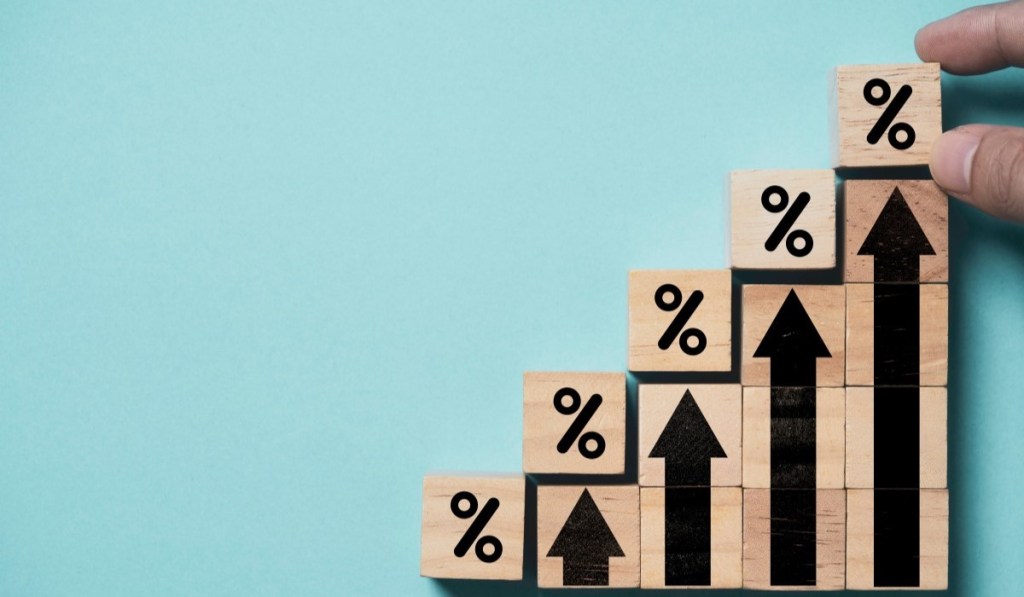Inflation edged up by 30 basis points between November and December, highlighting the difficulty of bringing consumer prices down to the target goal.
Inflation is one of the key economic metrics that the Federal Reserve is monitoring as it plans for interest rate cuts later this year.
Consumer prices were up 3.4% in December from a year earlier, up from 3.1% in November, according to data released by the Bureau of Labor Statistics on Thursday. It is the highest level recorded since September’s 3.7% reading.
Core inflation, the Fed’s preferred inflation gauge, rose 3.9% annually, after rising 4% over the 12 months ending November. Meanwhile, the Fed’s target for core inflation remains 2%.
Housing plays an outsized role in keeping inflation above the Fed’s target
In December, the shelter index was up 6.2% year-over-year, down from a peak of 8.2% in March 2023. It accounted for two-thirds of the total increase in core inflation. According to Realtor.com Chief Economist, Danielle Hale, shelter inflation would need to fall to roughly 3.5% for inflation to match the Fed’s target.
When will the Fed start cutting rates?
At the last Fed meeting, the Federal Open Market Committee members celebrated the improvement in inflation over the past 12 months while acknowledging the progress that remains to be made. Forecasters expected the Federal Reserve to begin cutting rates in March. However, given December’s strong jobs report and today’s inflation reading, it’s becoming more likely that those rate cuts will come later in the year, Lisa Sturtevant, chief economist at Bright MLS, said in a statement.
For the housing market, it might mean that the decline in mortgage rates observed since November got ahead of the data, according to Hale. Mortgage rates have been volatile lately and are likely to increase further in today’s reading from Freddie Mac, Hale added.
On the other hand, Sturtevant said that what happens in the broader economy will matter more to homebuyers and sellers than the Fed’s actions.
“Assuming the labor market remains strong, we expect a lot of demand in the market,” she said. “Lower rates may also entice some sellers to enter the market, but it is still going to be a competitive homebuying landscape in 2024, with prices rising or holding steady in most markets.”





